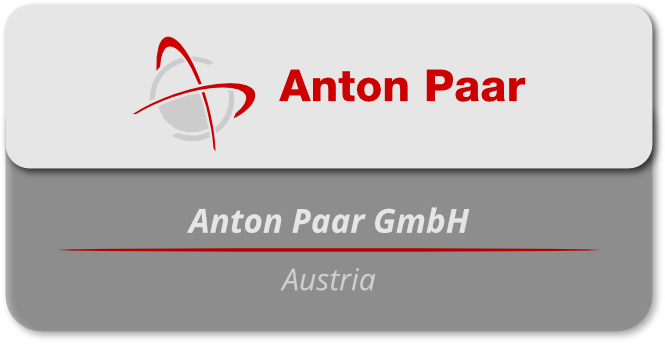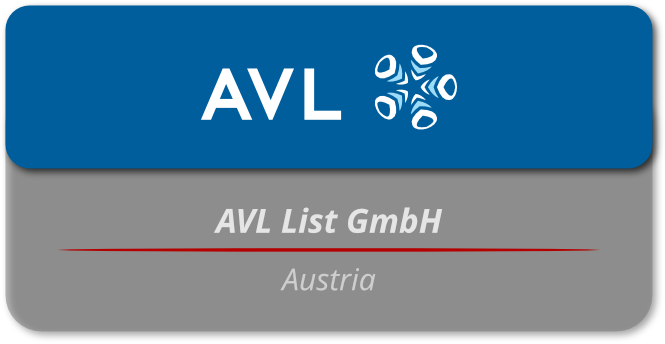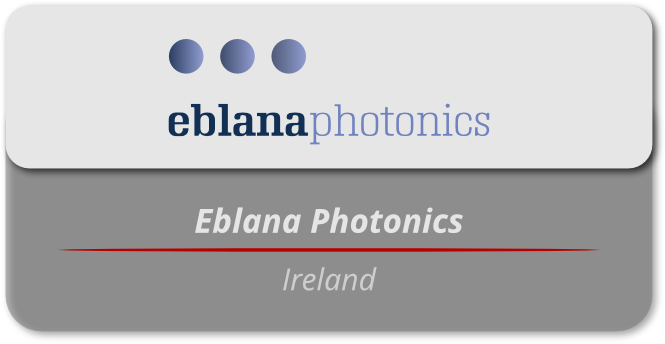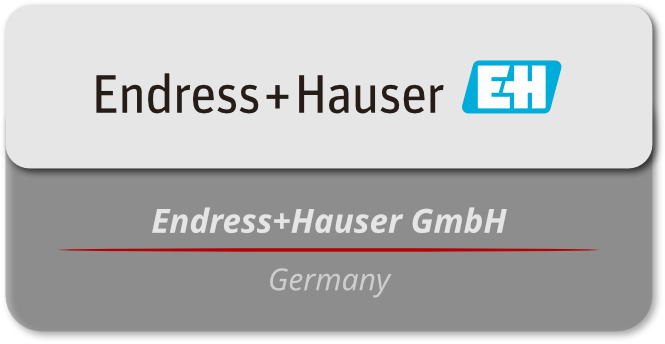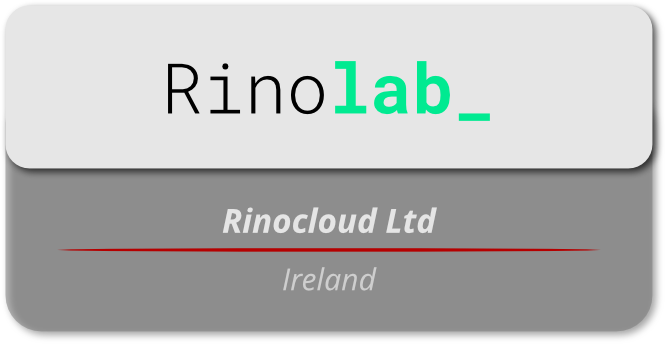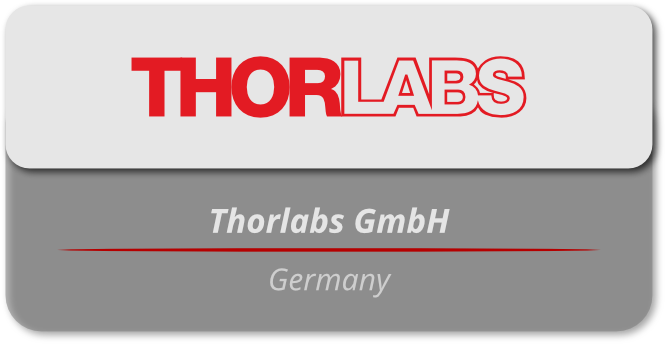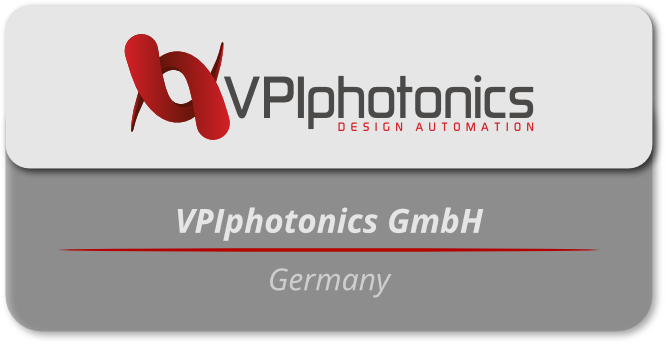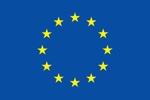The OPTAPHI network consists of five partner institutions across four European countries. The consortium is further complemented by a network of ten associated companies and academic institutes who have agreed to accept short secondments of OPTAPHI Fellows.
About the OPTAPHI Partners
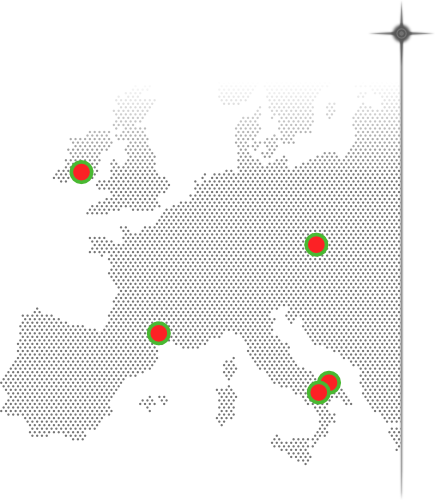
Munster Technological University
Cork, Ireland [Coordinators]
In January 2021, Cork Institute of Technology and Institute of Technology Tralee merged to form Munster Technological University (www.mtu.ie); the Centre for Advanced Photonics & Process Analysis (CAPPA, www.cappa.ie) spearheads photonics research at MTU. The Nanophotonics group within CAPPA uses nanoscale devices to control and manipulate light, primarily through nanostructuring high refractive index silicon based materials with techniques such as electron beam lithography, and is one of the leading authorities on disorder and loss in Photonic Crystals. A Memorandum of Understanding with University College Cork allows CAPPA personnel to access the world-class state of the art cleanroom facilities of the Tyndall National Institute (www.tyndall.ie).
Politecnico di Bari
Bari, Italy
Politecnico di Bari (www.poliba.it) consists of five Departments and 18 spin-off companies, and is one of the three national Italian Polytechnics educating architects, engineers and industrial designers. The Dipartimento di Ingegneria Elettronica (DEI, dei.poliba.it), in which the OPTAPHI research will be carried out, covers the fields of medical, IT telecommunication, automation, electrical and electronic engineering. The Electromagnetic Fields research group is composed of 10 researchers with great experience in the design and characterization of microwave and photonic devices.
Università degli studi di Bari Aldo Moro
Bari, Italy
The University of Bari Aldo Moro (www.uniba.it) is one of the largest universities in Italy, attended by more than 60,000 students, with 16 PhD schools at the graduate level. The OPTAPHI activities will be carried out within the PolySense Lab group of the Physics Department. The group comprises 12 researchers and carries out interdisciplinary research activities in the fields of laser spectroscopy, optical gas sensing and development of semiconductor laser sources, with a focus on QEPAS for the last 10 years. In April 2017, the PolySense joint-research lab was created in collaboration with Thorlabs, devoted to the development of innovative gas sensing systems.
Technische Universität Wien
Vienna, Austria
Technische Universität Wien (www.tuwien.at) was founded in 1815 and is Austria’s leading research and higher education establishment on natural sciences and engineering. TU Wien’s mission is “Technology for People”. Our focus is not only on the balance of basic research with applied research, but the high quality results from excellent research and close cooperation with economy. The research division on environmental and process analytical chemistry, headed by Prof. Dr. Bernhard Lendl, focuses on advanced analytical sciences through the development of novel analytical techniques and instrumentation based on infrared and Raman spectroscopy.
Université de Montpellier
Montpellier, France
Université de Montpellier (www.umontpellier.fr) is a research-intensive university where education and research cover most of the scientific and technological fields. UM gathers around 43,000 students and 4,618 staff with an overall budget of 385 M€. Research is structured into 76 laboratories, most of which are in partnership with well-recognised French research organisations such as CNRS, IRD, INRA or CIRAD. The OPTAPHI work will be carried out in Institut d’Electronique et des Systèmes (IES, nanomir.edu.umontpellier.fr), a joint research unit from UM and CNRS (UMR5214), a world leader in the development of GaSb-based optoelectronic devices.
Associated Partner Organisations
